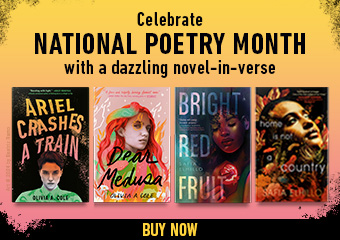All Nonfiction
- Bullying
- Books
- Academic
- Author Interviews
- Celebrity interviews
- College Articles
- College Essays
- Educator of the Year
- Heroes
- Interviews
- Memoir
- Personal Experience
- Sports
- Travel & Culture
All Opinions
- Bullying
- Current Events / Politics
- Discrimination
- Drugs / Alcohol / Smoking
- Entertainment / Celebrities
- Environment
- Love / Relationships
- Movies / Music / TV
- Pop Culture / Trends
- School / College
- Social Issues / Civics
- Spirituality / Religion
- Sports / Hobbies
All Hot Topics
- Bullying
- Community Service
- Environment
- Health
- Letters to the Editor
- Pride & Prejudice
- What Matters
- Back
Summer Guide
- Program Links
- Program Reviews
- Back
College Guide
- College Links
- College Reviews
- College Essays
- College Articles
- Back
You Can’t See Tangled Roots
She displays her beauty in the daylight,
Its rays glisten off her petals like a diamond.
As the moon rises and the sun starts to fall,
The darkness shows her sorrows for all.
No stars to be seen,
The sky is bare.
A sterile scene,
A cold breeze, now there.
A warrior at night,
Struggling through a secluded fight,
Only she knows,
The prison in which she grows.
While the gardener is admiring,
Her children she so well protected,
The plant lost control,
To itself it was neglected.
Similar Articles
JOIN THE DISCUSSION
This article has 1 comment.


In the poem, “You Can’t See Tangled Roots,” a metaphor about gardens is used to show that people struggle with their mental health silently, and don’t let people see that they are having a hard time. Also, a simile is used to compare sunlight shining on a flower to a diamond, which represents how people put on a mask to others. This helps demonstrate how even pretty things face adversity. Finally, personification is used to illustrate how the flower in the poem can help relate the matter of mental health to the reader.